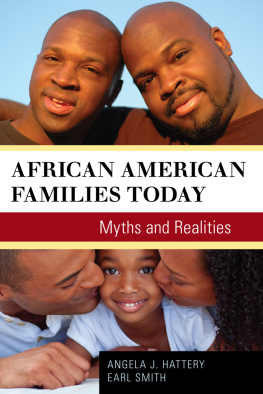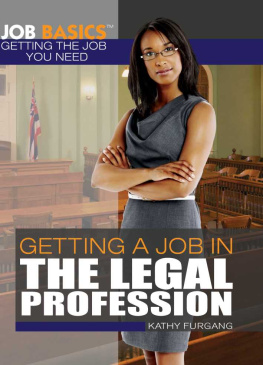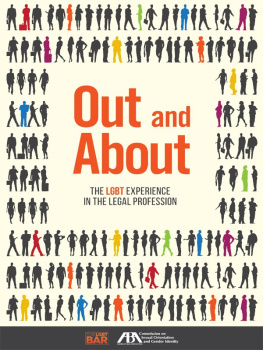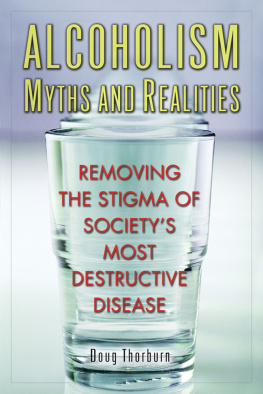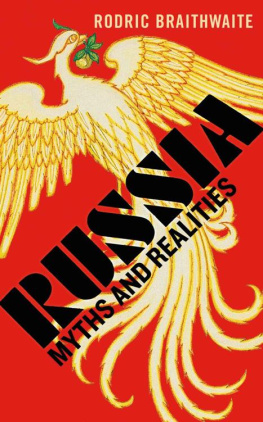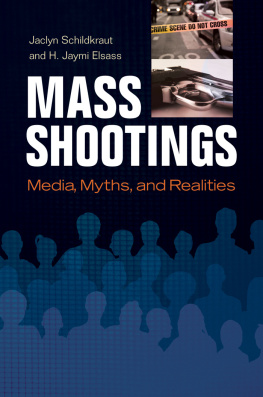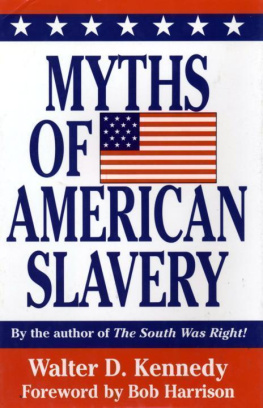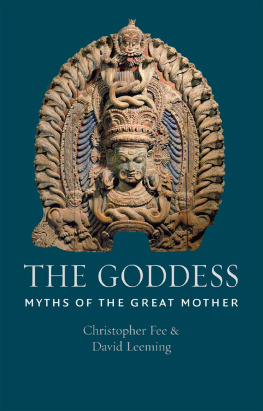FOR INFORMATION:
CQ Press
An Imprint of SAGE Publications, Inc.
2455 Teller Road
Thousand Oaks, California 91320
E-mail: order@sagepub.com
SAGE Publications Ltd.
1 Olivers Yard
55 City Road
London EC1Y 1SP
United Kingdom
SAGE Publications India Pvt. Ltd.
B 1/I 1 Mohan Cooperative Industrial Area
Mathura Road, New Delhi 110 044
India
SAGE Publications Asia-Pacific Pte. Ltd.
3 Church Street
#10-04 Samsung Hub
Singapore 049483
Copyright 2018 by CQ Press, an Imprint of SAGE Publications, Inc. CQ Press is a registered trademark of Congressional Quarterly Inc.
All rights reserved. No part of this book may be reproduced or utilized in any form or by any means, electronic or mechanical, including photocopying, recording, or by any information storage and retrieval system, without permission in writing from the publisher.
Printed in the United States of America
Library of Congress Cataloging-in-Publication Data
Names: Banks, Christopher P., author.
Title: The American legal profession : the myths and realities of practicing law / Christopher P. Banks, Kent State University.
Description: Washington, DC : CQ Press, 2017. | Includes bibliographical references and index.
Identifiers: LCCN 2017007098 | ISBN 9781506333120 (pbk. : alk. paper)
Subjects: LCSH: Practice of lawUnited States. | LawVocational guidanceUnited States. | LawyersUnited States.
Classification: LCC KF300 .B35 2017 | DDC 340.023/73dc23 LC record available at https://lccn.loc.gov/2017007098
This book is printed on acid-free paper.
Acquisitions Editors: Matthew Byrnie, Monica Eckman
Editorial Assistant: Zachary Hoskins
Production Editor: Tracy Buyan
Copy Editor: Melinda Masson
Typesetter: C&M Digitals (P) Ltd.
Proofreader: Sally Scott
Indexer: Marilyn Augst
Cover Designer: Candice Harman
Marketing Manager: Jennifer Jones
Preface
Not too long ago, early in the spring semester, a student from my constitutional law civil rights and liberties course stopped by during office hours to discuss a grading issue. As we talked, I discovered that he was a senior majoring in political science; but I had never counseled him before, and it was the first time that I had seen him in any of my classes. I also learned that he had emigrated from a foreign country to complete his undergraduate degree at Kent State. Moreover, to my amazement, Civil Rights and Liberties, which is designed for upper-division undergraduate students, was his first law course. He was considering a prelaw minor, but was unsure. After we finished the business at hand, he then rather offhandedly mentioned to me that he had recently applied to law school with the intention of permanently staying in the United States to practice law as an attorney. At that point, I asked if he would be willing to tell me what his undergraduate grade-point average (UGPA) and Law School Admission Test (LSAT) scores were, and where he applied. He agreed to do so, and I learned he had sent applications to roughly nine schools across the country with a 3.2 UGPA and a 137 LSAT score. Depending on the cost of filing applications, I thought to myself that he probably had already spent hundreds of dollars in registration costs and fees in applying to a multitude of law schools.
With that information in hand, I gently told him that his chances of getting into law school were slim to nonexistent (at least relative to applications he submitted). He smiled at me and then expressed his confidence of getting in because he was retaking the LSAT in the next two days, offering that he would be assured admission if he raised his score to 145. He shared with me that prior to seeing me he did not get any prelaw advice from any university or department prelaw advisers, and that he did not take any LSAT preparation courses but rather adopted a self-help study strategy due to the high cost of the former. After I asked, he admitted that he did not spend the amount of time that I advise students to do in engaging in LSAT preparation (about two hundred hours or so of preparatory study). After absorbing these facts, I then pulled up the Law School Admission Council (LSAC) website (www.lsac.org) to show him what his probability of getting into law school was in light of his LSAT score and grade point average, among other things.
When I did so, for the first time he realized that his chance of admission was between 0 and 10 percent based on a statistical analysis of fall 2015 full-time application and admission data reported by law schools approved by the American Bar Association (ABA). With the LSAC site on my computer monitor in front of us, we learned that his chances improved somewhat in respect to only a handful of the two hundred or so ABA-approved law schools that exist nationwide; but he had never heard of those schools, so he did not target them as places to send applications (he also did not realize that they were less renowned ABA-approved schools; so, if he did get in, he was likely to incur high student loan debt and the risk of not paying his loans off easily because there were less realistic chances that he would secure profitable and stable employment after graduation).
While he was cognizant of the LSAC site (he had to be, in order to apply to law school), he was not aware of the LSAC Resources link at the top of the webpage; nor was he aware that if he highlighted it, he could access the LSAC Official Guide to ABA-Approved Law Schools (https://officialguide.lsac.org/release/OfficialGuide_Default.aspx), a resource that is used to learn whether law schools of interest are likely to admit, based on LSAT and UGPA results. I pulled out an old print version of the Official Guide from a bookshelf and briefly outlined the type of information and advice it gave to readers. The guide, as many prelaw advisers know, is a one-stop resource that conveys what the law school admission process is like, and it provides tips for understanding what skills lawyers have and what attorneys are likely to do in practice (notably, that information now digitally represents the content that was in the defunct print version, much to my old school disappointment).
Near the end of our chat, we talked about the implications of retaking the LSAT (what law schools might do if he did poorly again in light of his preexisting score) and how to study for it. I concluded the meeting by suggesting that he consult the Standard 509 Information Reports that law schools are now required to generate in light of the admissions scandals that have plagued them, especially in the aftermath of the 2008 recession. Although it remains a key consumer protection resource, the Standard 509 Information Reports are largely unknown to most applicants, even though they are discoverable on each law schools website, as well as from the ABA (http://abarequireddisclosures.org). Among other things, on an annual basis the reports provide data on the number of applications received by the law school, as well as how many applicants are admitted. It also gives summary statistics on tuition rates, grants and scholarships, class enrollment profiles, attrition and bar passage rates, and faculty and administrators; and, perhaps most important, it supplies a sense of whether applicants are likely to get in (or not) by providing a synopsis of admissions based on representative grade point averages and LSAT scores. After he looked at one of the reports, the student conceded that he wished he had known about them before he submitted his applications.








